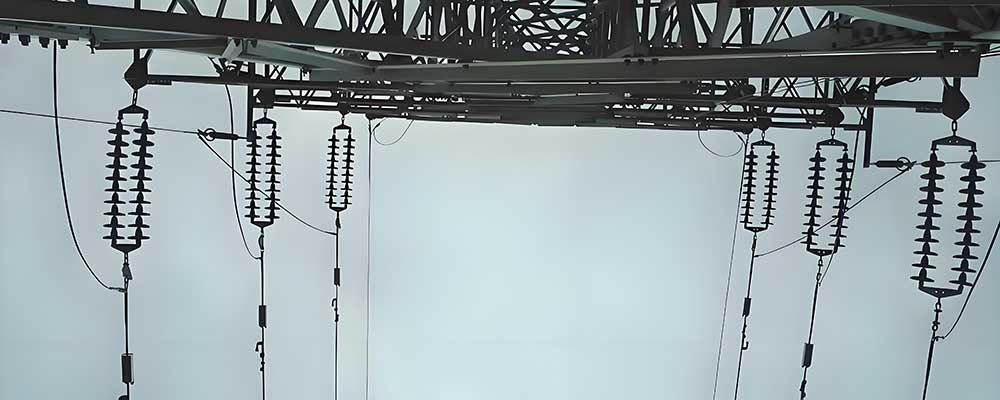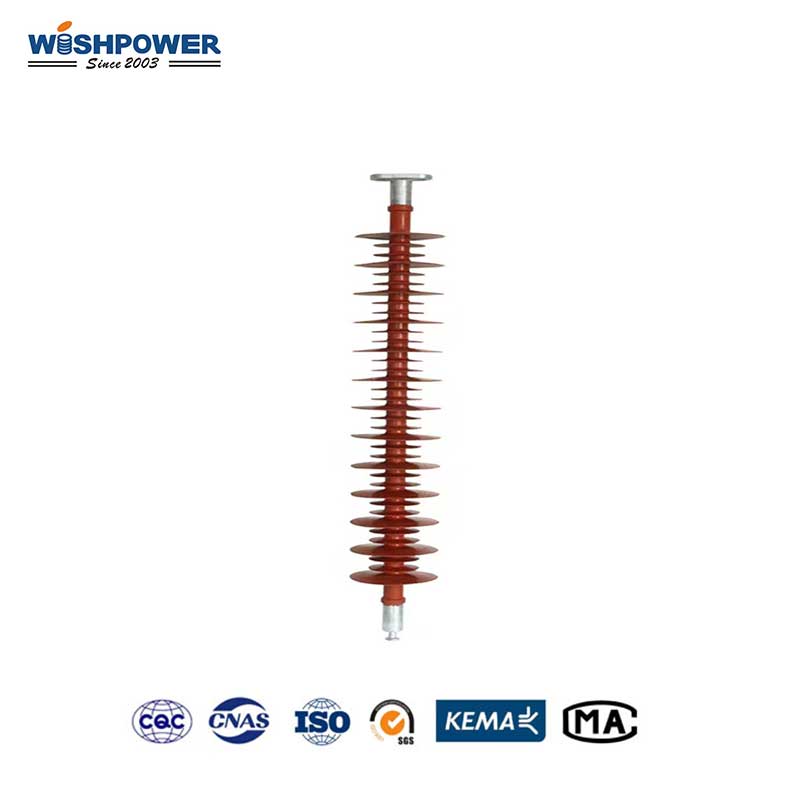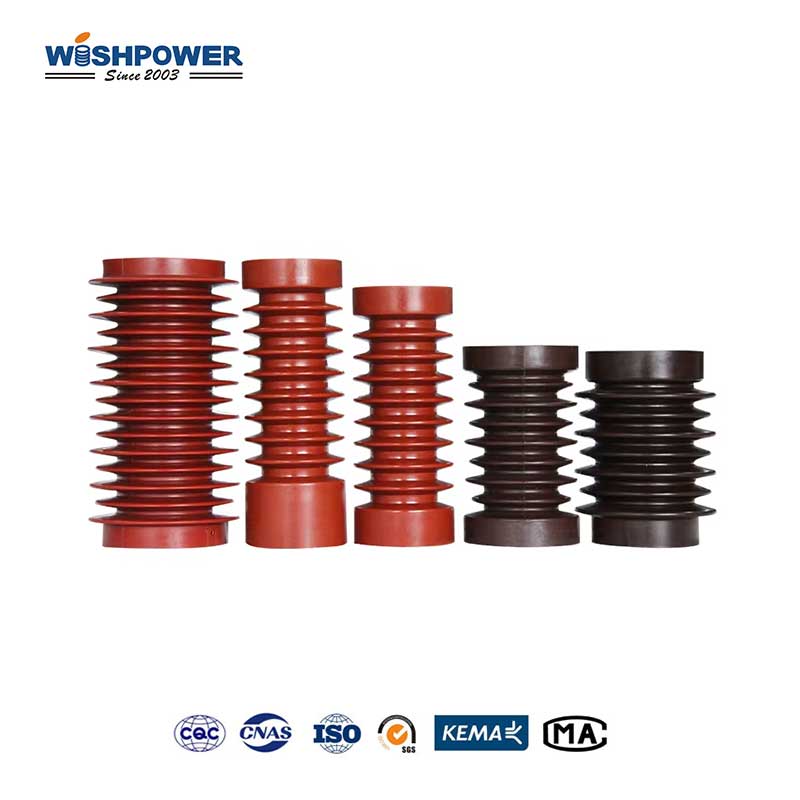In power transmission, selecting the right insulator is crucial, especially in regions with challenging wind conditions. Though seemingly similar, Windproof Insulators and Wind Deflection Insulators serve distinct purposes in managing wind effects on power lines.
What are Windproof Insulators?
Windproof Insulators have been developed to neutralize the force exerted by the wind on the structures; thereby guaranteeing that power line erection is competent in high-wind environments.
Design and Functionality
These insulators feature a streamlined design that reduces wind resistance and minimizes the surface area exposed to wind. Constructed from materials with high tensile strength, Windproof Insulators are built to handle the mechanical stress of both the conductor’s weight and additional wind forces. Their primary function is maintaining electrical clearance, preventing flashover even under significant wind pressure.
Applications
Windproof Insulators are ideal for regions with consistently high winds, such as coastal areas or open plains. In these environments, power lines are at constant risk from wind pressure, and these insulators help ensure the stability and reliability of the transmission system.

What are Wind Deflection Insulators?
Wind Deflection Insulators, in contrast, are designed to redirect wind forces, minimizing the movement of conductors and preventing issues like galloping or swinging.
Design and Functionality
These insulators often have an aerodynamic shape and may include components like dampers to control conductor oscillation. These wind Deflection Insulators have been designed to perform a distinctive purpose: to prevent the conductor from being displaced by the wind beyond a specific point where it may come in contact with other structures or other conductor components and create mechanical damage or electrical flashover.
Applications
Wind Deflection Insulators are most effective in areas that experience fluctuations in wind velocity and direction. They assist in minimizing any vibrations that can affect the stability of the conductor and thus enhance the general healthy condition of the transmission system.
Key Differences
Objective: Windproof Insulators focus on resisting direct wind forces, while Wind Deflection Insulators are designed to manage and redirect wind forces to control conductor movement.
Design Focus: Windproof Insulators prioritize mechanical strength and wind resistance, whereas Wind Deflection Insulators emphasize aerodynamic design and conductor stability.
Ideal Conditions: Windproof Insulators excel in areas with consistent, strong winds, while Wind Deflection Insulators are more effective in regions with variable or gusty wind conditions.
How do you choose Windproof Insulators and Wind Deflection Insulators?
Choosing between Windproof and Wind Deflection Insulators depends on the specific wind conditions at the installation site. Windproof Insulators provide robust resistance to direct wind forces, making them ideal for consistently windy environments. Wind deflection, on the other hand, is meant to address conductor movement arising from variable wind strength and direction for enhancing the durability of, power transmission structures, therefore catering to conditions of more variability than turbulence. Knowledge of these differences assists engineers and utilities in achieving the best decisions that increase the reliability and safety of the power networks.
If you have different opinions or want to know more, please leave a message on the website or contact us directly at info@wishpower.net

















